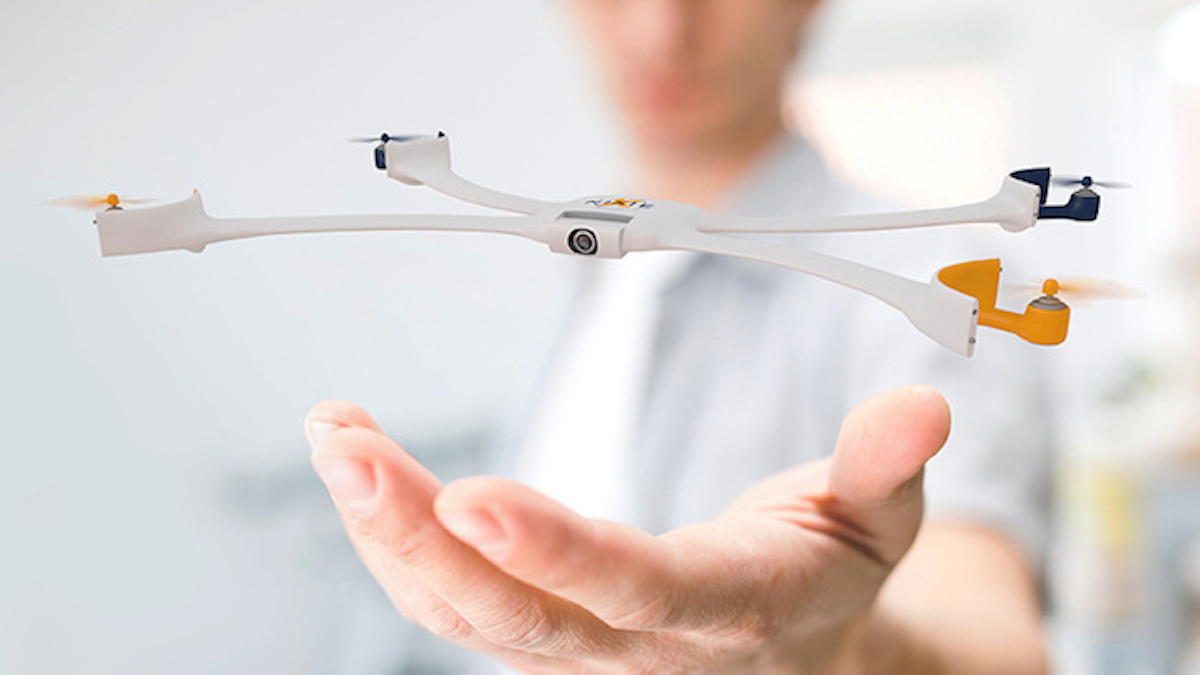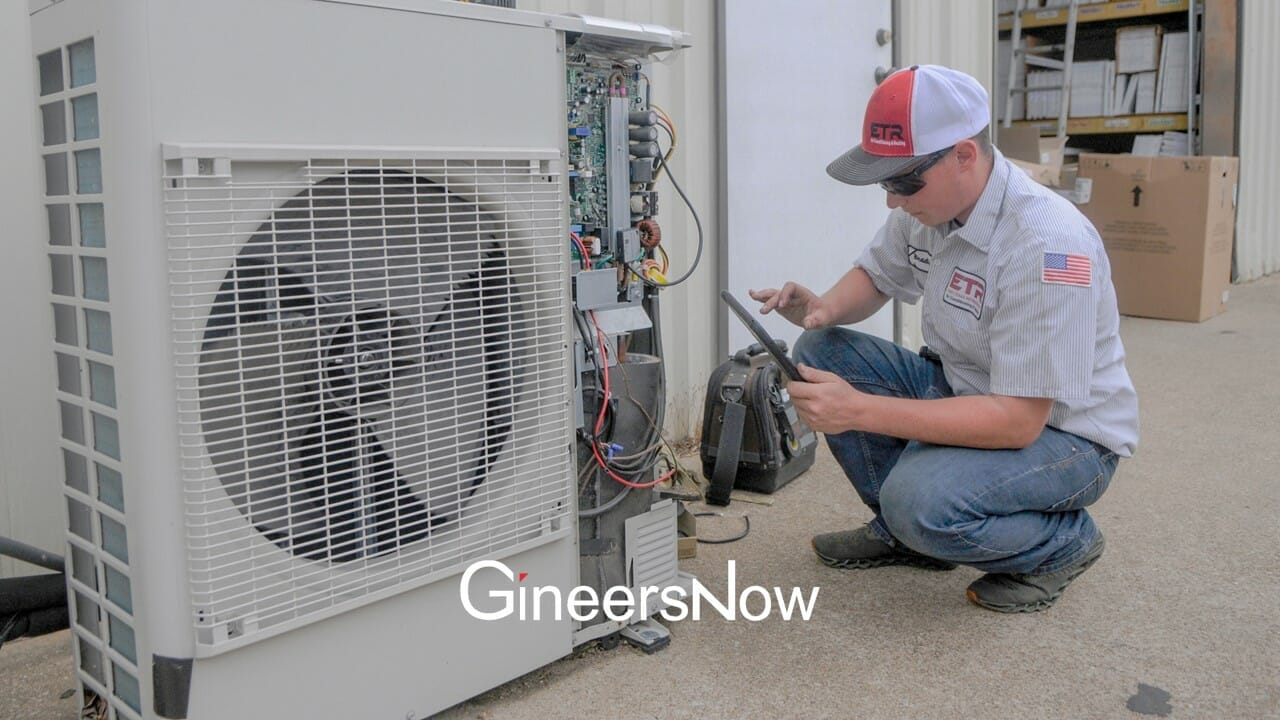The world’s demand for renewable energy is increasing and so is the size of offshore wind turbines, which makes the transportation, installation, disassembly, and disposal of their huge rotor blades very difficult for many operators. Wind turbines with long lengths and large rotor diameters are designed to maximize energy yields, and the measurement can reach up to 80 meters in length with a rotor diameter of over 160 meters. It’s important to develop lightweight systems with high material strength since the length of the blade is limited by their weight. Lower weight will also make the wind turbines easier to assemble and disassemble.
That’s why researchers from Fraunhofer have partnered with ten experts in the industry as well as research partners to create a highly durable thermoplastic foams and composites which will make the blades lightweight and recyclable. This is under the EU’s WALiD (Wind Blade Using Cost-Effective Advanced Lightweight Design) project. They hope to improve the design and materials used to increase the rotor blades’ service life and to reduce its weight.
Thermoplastics to replace Thermoset-based materials
Usually, rotor blades for wind turbines are made by hand from thermosetting resin systems. However, they don’t permit melting and are not suitable for material recycling. According to Florian Rapp, the project coordinator at Fraunhofer ICT, “In the WALiD project, we’re pursuing a completely new blade design. We’re switching the material class and using thermoplastics in rotor blades for the first time. These are meltable plastics that we can process efficiently in automated production facilities,”
The goal of the researchers is to separate the glass from the carbon fibers and reuse the thermoplastic matrix material.

Thermoplastic tapes that has different fiber matrix combinations. Fraunhofer ICT.
Source: Azom
As for the outer shell of the rotor blade, and the segments of the inner supporting structure, the project partners made use of sandwich materials made from thermoplastic foams as well as fiber-reinforced plastics. Generally, carbon-fiber-reinforced thermoplastics are used for the areas of the rotor blade that have the greatest load, and the glass fibers will reinforce the less stressed areas. As for the sandwich core, the research team are developing thermoplastic foams which are bonded with cover layers that are made of fiver-reinforced thermoplastics in sandwich design. With this certain combination, the mechanical strength, durability, efficiency and longevity of the rotor blade will be improved. “We’re breaking new ground with our thermoplastic foams,” Rapp said.
Other applications
These newly developed foams provide better properties than that of existing material systems, therefore making it versatile to be used in different applications. This includes the automotive, aviation and shipping industries. In the automotive industry, manufacturers have always been using foam materials in visors and seating, but not for load bearing structures. These current foams have limitations. For example, these foams can’t be installed as insulation near the engine.
“Our meltable plastic foams, by contrast, are temperature stable and therefore suitable as insulation material in areas close to the engine. They can permanently withstand higher temperatures than, for example, expanded polystyrene foam (EPS) or expanded polypropylene (EPP). Their enhanced mechanical properties also make them conceivable for use in door modules or as stiffening elements in the sandwich composite,” Rapp said.
The researchers’ new foam can be processed quickly and they save material. They are also more easily acquired than other materials such as balsa wood. The plastic granules will be melted, and mixed with a blowing agent into the polymer melt and foam the material. Once the material is foamed and the particles are stabilized, the semi-finished products can now be shaped and cut as needed.
Article Source:
Science Daily
















